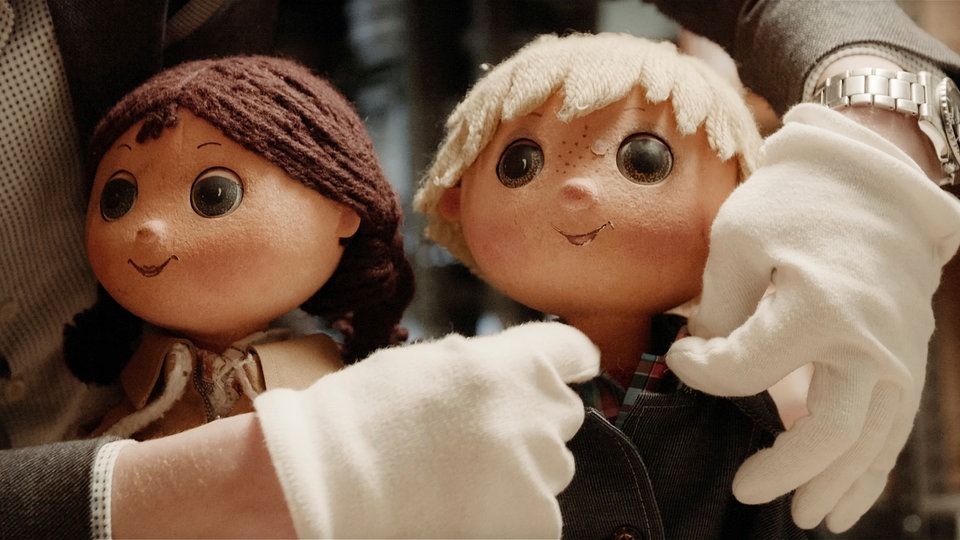
How dreams learn to walk – Animation from Dresden
Generations of children have grown up with them, not only in the German Democratic Republic. They have shaped many worldviews, given wings to many illusions, awakened dreams and aroused astonishment. Nearly 2,000 films were produced between 1955 and 1992 at the DEFA animation studio in Dresden. They are sold in more than 100 countries. Whether it’s painted pancakes with the weeping little devil from “Alarm im Kasperletheater”, weird doll characters from “The Flying Windmill” or the Wireman from “Filopat und Patafil” – objects are created, designed, built, photographed and cut in Dresden.
Like “Dear Moore” – a fantasy film in which Jörg Hermann also took part. Jörg Hermann entered the studio in the 1960s. He specializes in this style, which is still unique in the world today. The studio management did not want to acquire fantasy films at first. The end of this is imminent. But the creators are convinced that this technology is good as a means of induction, that films can be produced quickly and that you can work faster. Of course, all works – regardless of whether they are fairy tales or experimental films – are subject to critical censorship by a government commission. The content must fit the “socialist worldview”. There have been some strange explanations, but there are also a number of films that make you wonder today: And were they shown in cinemas?
In 1992, the fictional cinema island of Dresden ended. Much ends up in the garbage – and former VEB technical employees at the employment office. Was that the end of the heyday of Dresden animation? what’s left?
Ralph Kokola, for example, got his start in DEFA using paper and pencils as an animator. After the studio’s collapse, he founded Balance Film in 1993, gathering creative minds and technical specialists around him – thus taking on a legacy: the Dresden animated film heritage. For example, he worked with his young colleagues on “Mr. Paper” – an animated series for Dutch, Belgian and German television. They cut, paste, position, photograph, scan and animate them. Today, it is no longer discussions of content that prevent filmmaking. Money is often short these days. Animations are expensive. Ralph Kokola spends most of his time financing films. For example, it took ten years to achieve his biggest hit so far: “Fritzi – a story about the miracle of transformation.”
In: “How dreams learn to walk – cartoons from Dresden” we discover the stories and films of its creators in the past and in studios today. And we tell about the people who devoted themselves to the shimmering shapes – no matter the material – on screen.

“Coffee trailblazer. Social media ninja. Unapologetic web guru. Friendly music fan. Alcohol fanatic.”
